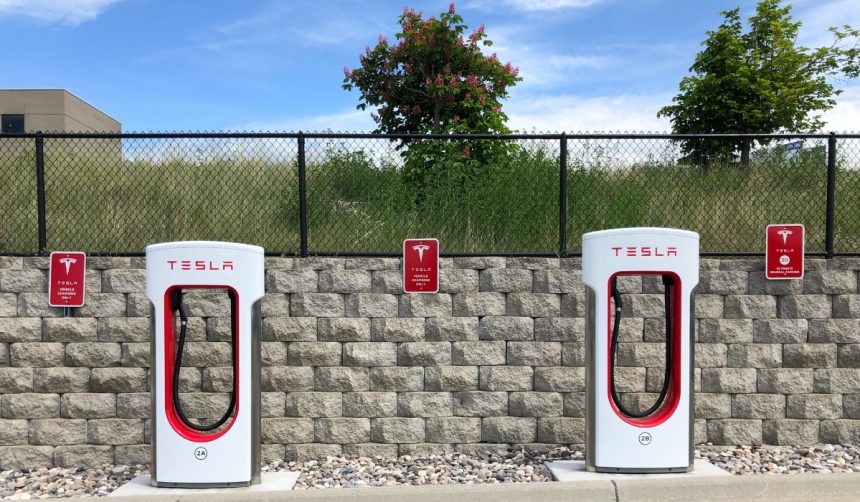A newly released video from Tesla CEO Elon Musk demonstrates the Optimus humanoid robot participating in a martial arts session under the guidance of a Kung Fu instructor. The footage highlights the robot’s increasing dexterity and ability to follow complex movement sequences, which reflect ongoing efforts to advance its artificial intelligence and mechanical precision. Interest in Optimus has steadily increased as it becomes a more pronounced aspect of Tesla’s product direction, with the company envisioning broad applications that extend beyond traditional manufacturing automation, such as assistance in service sectors and hazardous environments.
How Does This Demonstration Compare to Earlier Updates?
Recent coverage about Tesla’s Optimus mainly focused on development milestones, limited public prototype demonstrations, and Musk’s projections about its future value to the company. Previous videos and statements routinely emphasized mobility and picking tasks rather than complex, coordinated movements. This new demonstration stands out with its focus on dynamic skill learning, which departs from earlier, less physically expressive presentations and suggests that Tesla is aiming to showcase not only functional utility but also increasingly human-like adaptability in Optimus’ ongoing development.
What Is the Company’s Target Production for Optimus?
Tesla has set an ambitious goal of producing 5,000 units of Optimus within the year, ramping up to an annual production rate of one million units by 2030. CEO Elon Musk has repeatedly underlined the significance of this project for the company’s future.
“We’re working hard to scale Optimus production and overcome challenges faced by both the AI and manufacturing teams,”
Musk stated last week, referencing the technical and organizational barriers that have emerged during the scaling process.
What Role Does Optimus Play in Tesla’s Strategy?
According to Musk, Optimus is expected to become a major driver of Tesla’s market value, potentially accounting for as much as 80 percent of the company’s valuation in the near future.
“Optimus will be overwhelmingly the value of the company,”
Musk remarked in January, emphasizing the company’s long-term vision of integrating advanced robotics into various industries.
Tesla is preparing to launch the third generation of the Optimus robot, but has clarified that recent public prototype footage does not represent the final design. The continuous refinement of the robot’s capabilities and appearance underscores Tesla’s commitment to iterative development and transparency with stakeholders about technological progress. The emphasis remains on producing a commercially viable and adaptable humanoid robot that can expand the current boundaries of robotic labor.
With this latest display of martial arts proficiency, Tesla’s Optimus signals a shift toward robots capable of performing more intricate tasks that require not only strength but also precise control and responsiveness. Readers interested in robotics development may benefit from tracking how Optimus evolves, especially as demand grows for automation solutions able to handle environments and routines that are unpredictable or require nuanced movement. While production targets and design iterations carry inherent risks, the steady release of performance videos and company statements provides important insights into both the pace and scope of innovation in the humanoid robotics sector. As Tesla pushes toward its unit production goals and prepares for the next public iteration of Optimus, industry observers anticipate further demonstrations that may combine technical complexity with practical applications, offering clues to how such technology could integrate into everyday environments.










